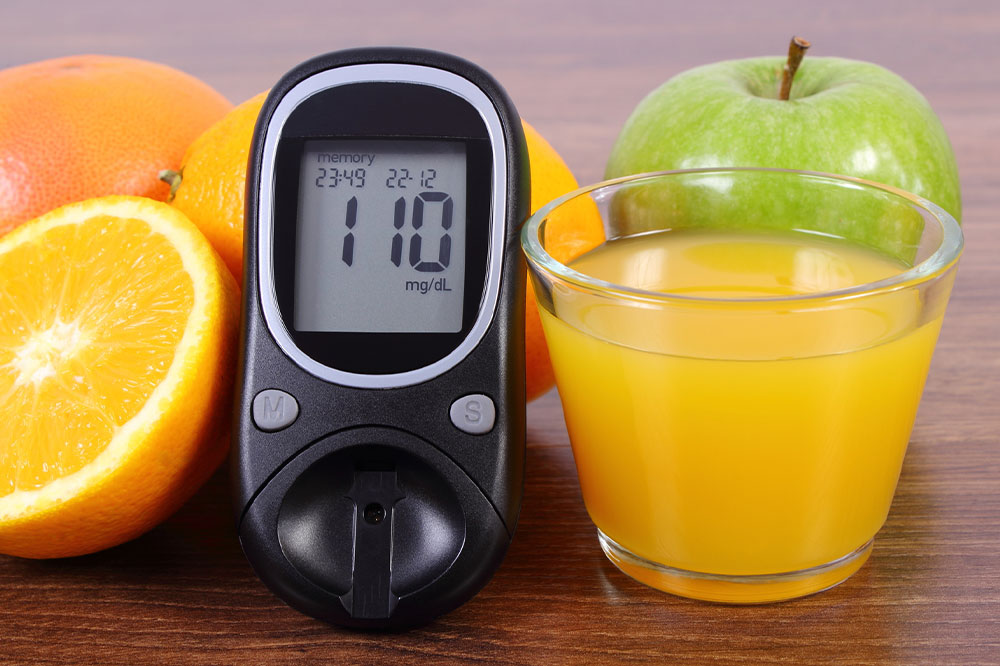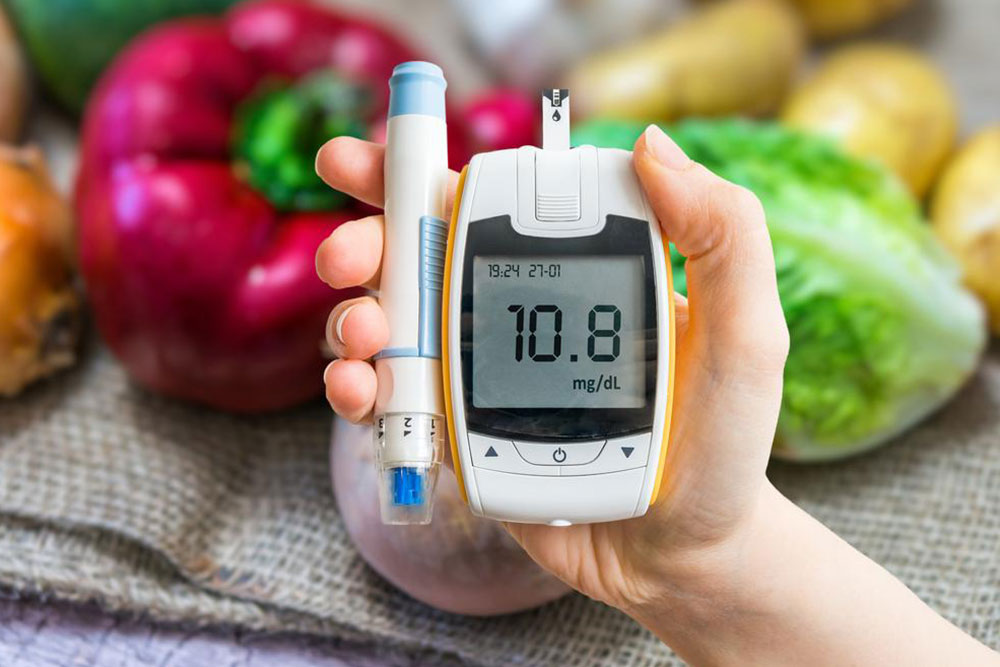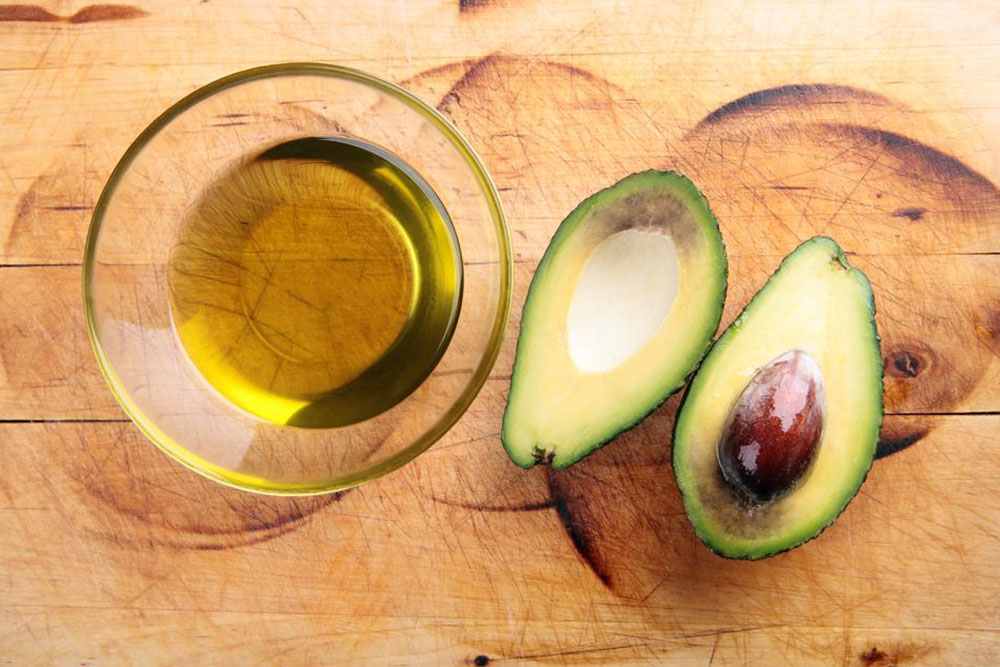Comprehensive Guide to Managing Fruit Intake for Diabetes Patients
This comprehensive guide offers practical strategies for diabetics to incorporate fruits into their diet safely. It covers the impact of fruits on blood sugar, highlights high-fiber and low-GI options, and emphasizes portion control and pairing tips. By understanding these guidelines, diabetics can enjoy fruits’ health benefits while maintaining optimal blood glucose levels, thus promoting better overall health and well-being.

Effective Strategies for Incorporating Fruits into a Diabetic Diet
Living with diabetes requires diligent management of blood glucose levels, and one critical aspect of this management involves diet — particularly, how and when to consume fruits. While fruits are renowned for their rich nutrient profile, antioxidants, and health benefits, their natural sugars can pose challenges for blood sugar control in diabetics. Understanding the balance between healthful fruit consumption and blood sugar regulation is essential for diabetics aiming for optimal health. In this comprehensive guide, we explore the nuances of fruit intake in diabetic patients, offering practical tips and guidelines to maintain blood sugar stability while enjoying the benefits of fruit-rich diets.
The Impact of Fruits on Blood Glucose Levels
Fruits primarily contain natural sugars such as fructose, glucose, and sucrose. Fructose, in particular, is absorbed rapidly by the liver and can sometimes bypass the normal hormonal signals that regulate blood sugar levels. This process can lead to sudden spikes in blood glucose, especially when large quantities of fruit are consumed or when high-GI fruits are eaten. The glycemic index (GI) becomes an essential tool here — it measures how quickly a food raises blood sugar levels. Fruits with a high GI, like watermelon or ripe bananas, tend to cause rapid increases, while lower GI options, such as berries and cherries, lead to more gradual rises. Riper fruits also generally have higher sugar content, which can amplify their impact on blood glucose, making ripeness an important factor to consider during selection.Incorporating a variety of fruits while managing their effects on blood sugar is possible with proper understanding. A focus on high-fiber fruits can offer significant health benefits, as fiber slows glucose absorption, resulting in better blood sugar control. Regular consumption of a diverse range of fruits has been linked with a reduced risk of developing type 2 diabetes and can support overall metabolic health. Fruits such as strawberries, blueberries, blackberries, and raspberries are particularly advantageous due to their high antioxidant and fiber content. Citrus fruits, including oranges, grapefruits, and lemons, are also excellent choices because they contain compounds that help reduce inflammation and support cardiovascular health, which are often compromised in diabetics.
Portion Control: Key to Safe Fruit Consumption
For diabetics, controlling portion sizes is crucial. Generally, a serving of fruit should contain around 15 grams of carbohydrates. This helps prevent excessive blood sugar spikes post-meal. Typical portion sizes include: a small apple or orange (about 4 ounces), half of a banana, two small kiwis, or approximately 1.25 cups of strawberries. Portioning fruits accurately and adhering to recommended serving sizes can significantly contribute to maintaining stable blood glucose levels throughout the day.Moreover, integrating fruits thoughtfully into meals rather than consuming them alone can help buffer their impact. For example, pairing fruit with protein sources such as Greek yogurt, nuts, or cheese can slow down carbohydrate absorption, resulting in a more gradual rise in blood sugar. Choosing whole fruits over processed options like fruit juices or canned fruits with added sugars is another essential practice, as whole fruits contain more fiber and less concentrated sugar, leading to better glycemic control.
Practical Tips for Healthy Fruit Consumption
Aside from portion control, diabetics should prioritize fresh, whole fruits over processed alternatives, which often contain added sugars, preservatives, and artificial flavorings that can exacerbate blood sugar fluctuations. When selecting fruits, consider their ripeness, glycemic impact, and nutrient density. Combining fruits with healthy fats or proteins, such as apple slices with almond butter or cottage cheese with pineapple, can further stabilize blood sugar levels. Regular monitoring of blood glucose levels around fruit consumption helps identify individual responses and tailor dietary choices accordingly. It’s also advisable to consult with healthcare professionals or registered dietitians before making substantial changes to your diet, ensuring that your fruit intake aligns with your overall health plan and medication regimen. Remember, balance, moderation, and awareness are key to safely enjoying fruits as part of a healthy diabetic lifestyle. In conclusion, managing fruit intake in diabetes requires an understanding of the types of fruits, portion sizes, and pairing methods. With informed choices and careful monitoring, diabetics can enjoy the health benefits of fruits while maintaining blood glucose stability. Emphasizing high-fiber, low-GI fruits and practicing moderation are fundamental strategies that can lead to improved health outcomes and a more enjoyable, balanced diet.




